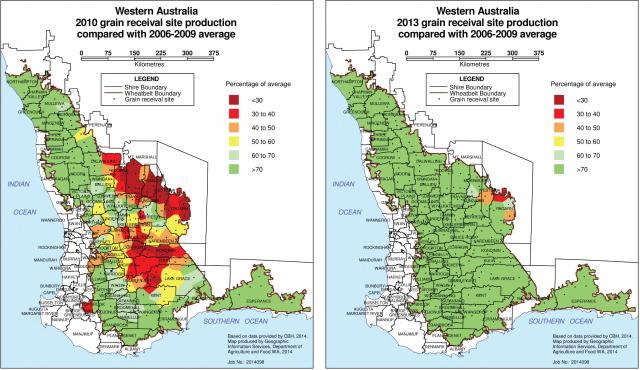The effects of drought
A lasting drought can have a nationwide impact but the agriculture industry feels it the most. Drought is just one of the many climatic risks that agricultural industries must manage. Heavy rain, floods, frosts, hail and extreme wind can also harm crops, livestock and infrastructure as well as affect production and profit.
However, drought differs from other climatic risks in two significant ways. Firstly, drought can affect a large amount of farm businesses at once. Secondly, drought has a slow onset with effects that can last years and has a highly uncertain end date. While the impact of other climatic events is immediate, the prolonged nature of drought has a number of ongoing effects including:
- disruption to cropping programs and reduction of breeding stock, which threatens the profit and long-term viability of farm businesses
- a downturn of regional, state and national economies
- serious environmental damage including vegetation loss, soil erosion, and water contamination
- an increase in the frequency of bushfires and dust storms
- decline of the physical and mental well- being of farming families, which can impede an individual’s decision-making and their ability to engage with family and their community
- a decrease of vitality and the viability of rural businesses and communities.
These effects can extend well beyond the actual event of drought, so it can be difficult for farming businesses to recover and for government to define a trigger to provide appropriate assistance.

Improved farming technologies and systems, many which were developed by the Department of Agriculture and Food, Western Australia, have led to a trend of increasing wheat production in Western Australia. Despite this trend, figure 1 demonstrates that wheat production drops significantly in years of drought.

